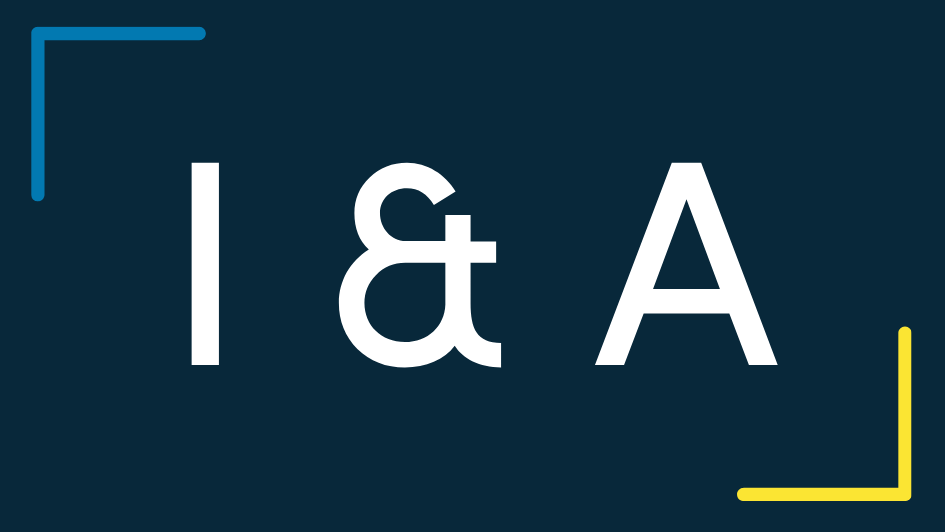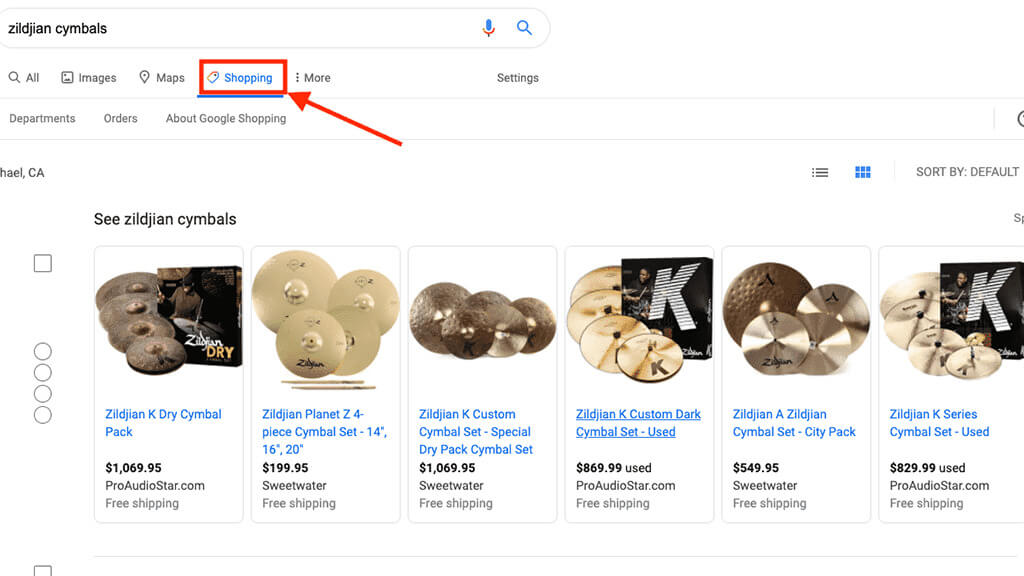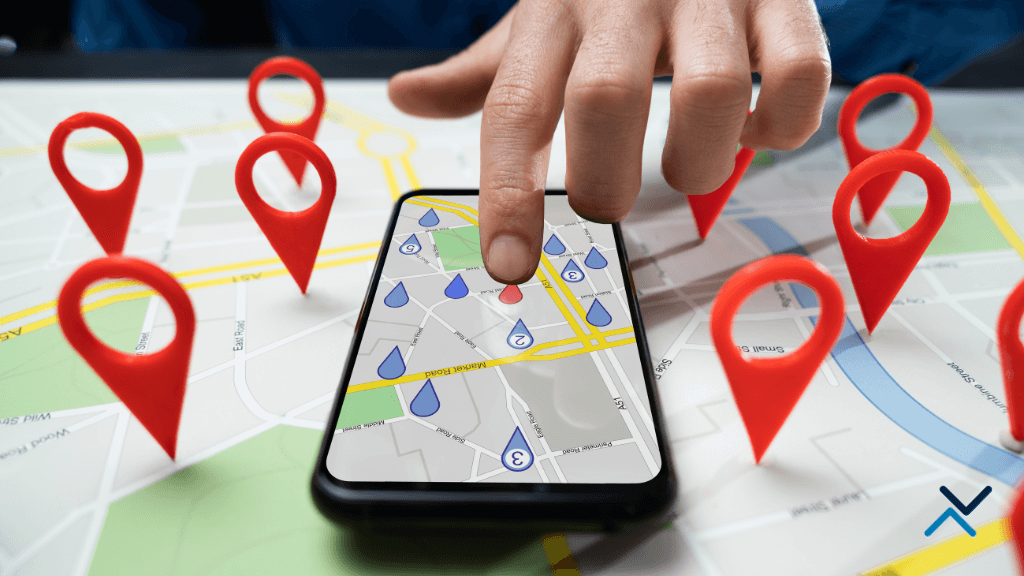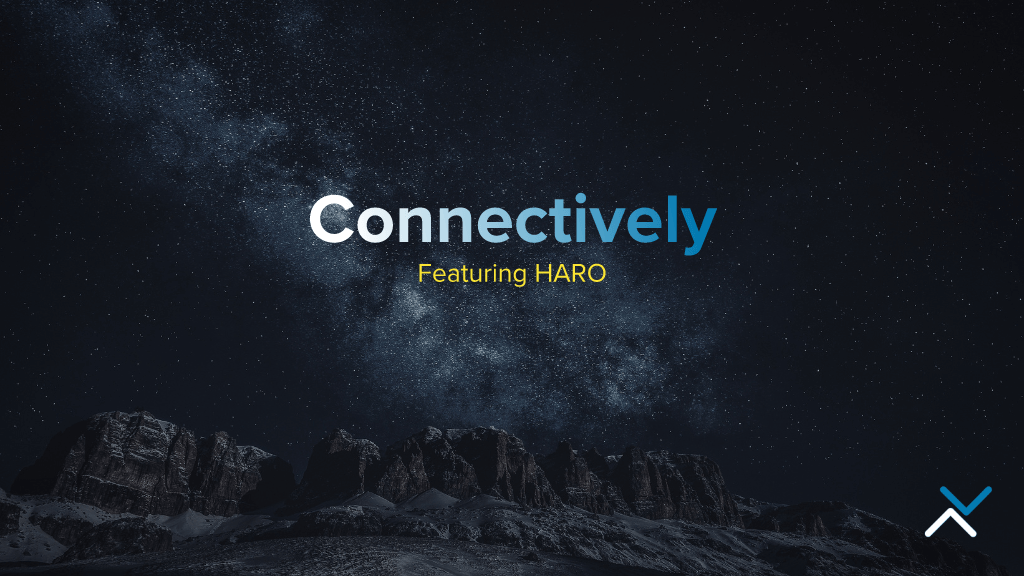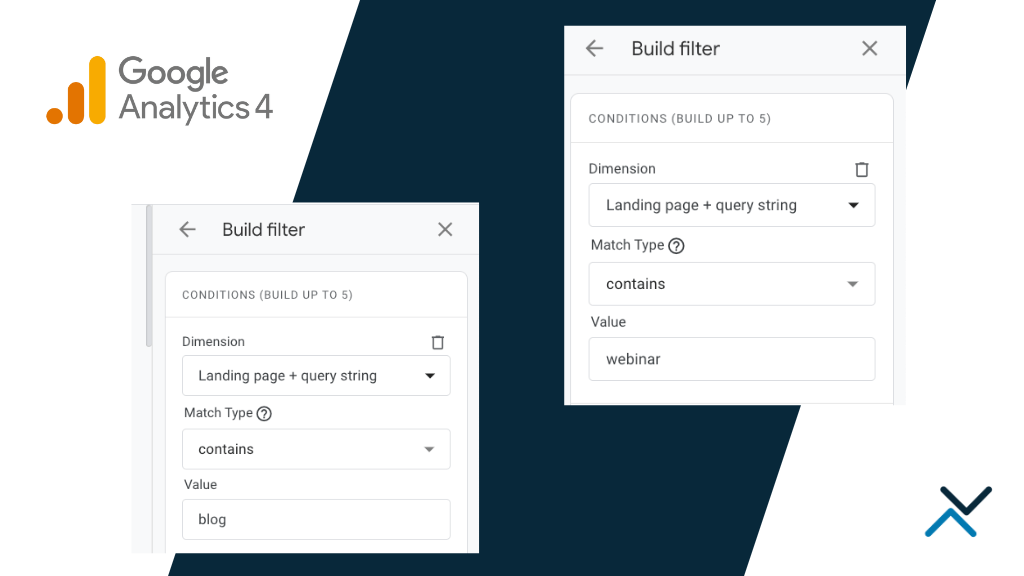Free Product Listings As a Response to Covid-19
As a response to the pandemic and the toll it’s taking on many retailers (big businesses and smaller shops included), Google is re-introducing its free product listing service. Free product listings will display in Google’s Shopping hub while other areas will remain paid through Google Ads.
According to the company, by the end of April, the shopping tab will consist “primarily of free product listings”.
What is Google Shopping?
Google Shopping, commonly referred to as product listing ads (PLA) by marketers, is the section of the Google SERP where product information is displayed. This information includes a thumbnail of the product, its price, title and a condensed description. Like text-SEM, the ads are driven by a bid in an auction-based system. However, unlike a standard text ad with a headline and description, an advertiser bids on a product ad based on product groupings like brand, category or product attributes (colors, sizes, manufacturer IDs, etc.).
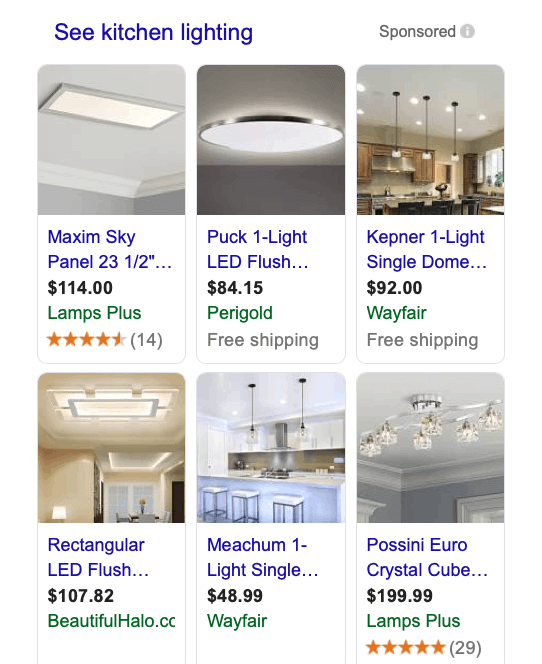
Example of Product Listing Ads
Product ads are displayed in the traditional Google SERP, in Google Images, on the Google Display Network and of course, in Google’s Shopping hub.
The Beginning of PLAs
Product listing ads began in ~2012 when Google decided to monetize this form of search on its platform. Prior to 2012, retailers could upload product data feeds with optimized titles and descriptions following SEO best practices, which would then be included in search results. A lot of marketers referred to this as “Froogle” due to the fact that it was essentially free. Although retailers couldn’t really control how products showed up in results, they were not paying a premium to be listed and it was another channel to enhance the reach of their products.
Now, PLAs have become a major player in performance marketing strategies and are shown to drive significant conversions for retailers. Google mostly uses its shopping channel to compete with Amazon, however, it’s still unique in many ways and appeals to a different audience.
What Can Retailers Expect?
To any retailers not already participating in Google Shopping, now is the time to rethink your strategy. This is a major channel with millions of shoppers who are already searching for your products. For the first time since early 2012, retailers now have a chance to get their products listed for free. To get started, you’ll need a few things:
-
Google Merchant Center
The Merchant Center is Google’s dashboard where retailers upload a product feed, validate product attributes, add coupon codes (merchant promotions) and review analytics about product data feeds.
-
Optimized Product Data Feed
The most important aspect of a product listing strategy is to have strong data. Products may be listed in Google as parent products or product variants depending on how granular your catalog is. Be sure to have optimized titles, descriptions, unique images (if available), size information, gender data (if applicable) and any additional product attributes that can describe your products. A mix of these attributes is how Google presents the data, so it’s important to have as much thorough data as possible.
-
Google Analytics / Conversion Implementation
Once you start sending traffic to your e-commerce site from these listings, you need to be sure you have a proper implementation of Google Analytics or Adobe Analytics with conversion tracking. It’s recommended to tag URLs in your product feed for this channel so you can differentiate it from organic traffic. With conversion tracking enabled, you’ll be able to see which products are working best for your store and where you can make improvements.
The Opportunity Remains with Paid Search
It’s important to note again that free listings will display in Google’s Shopping hub. This means that advertisers paying for placement in the standard Google SERP, images and across the GDN will still have the upper hand and therefore, the majority of impression share.
Get started with free product listings and feel free to contact us if you have any questions about data feed setup or launching paid product listing ads through Google Ads.


